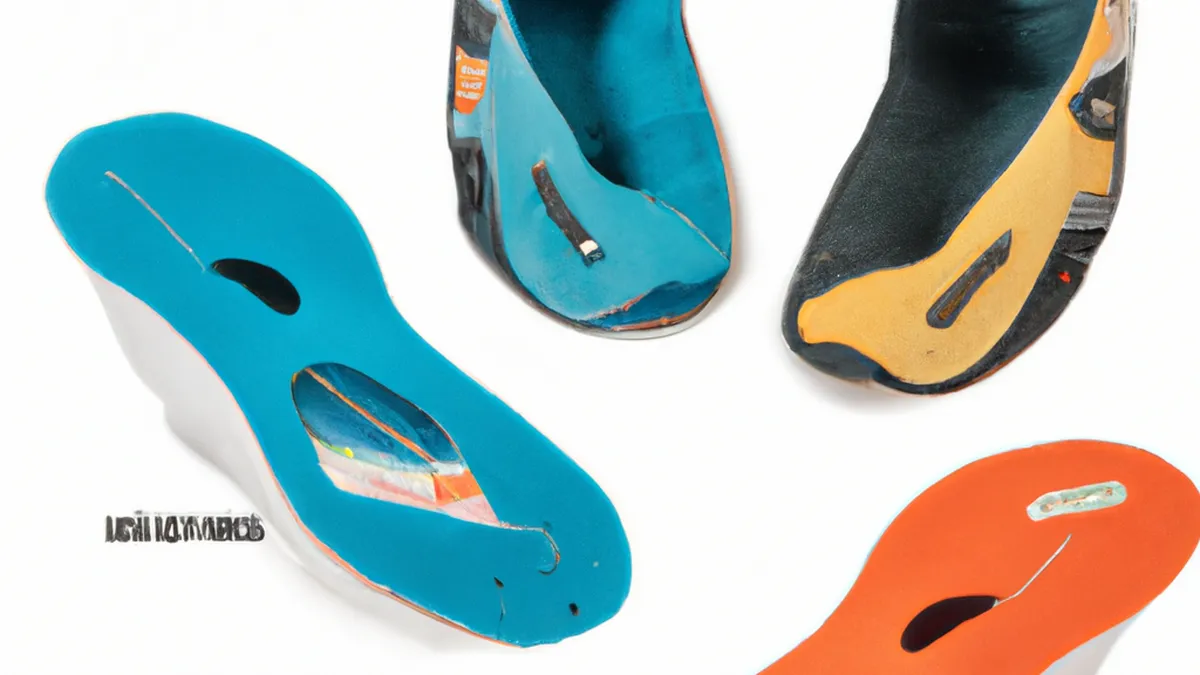Top Insoles for Runners with Flat Feet
How to Choose Insoles for Flat Feet in Runners
Running helps you stay fit, but flat feet can make it challenging. Flat feet cause discomfort or pain during and after running. Choosing the right insoles significantly improves your experience. This blog post explains how to select the best insoles for flat feet.
Understanding Flat Feet
Flat feet, or fallen arches, occur when the arch collapses. This condition leads to overpronation, causing the foot to roll inward excessively. Over time, this can result in plantar fasciitis, shin splints, and knee pain. Therefore, runners with flat feet must choose the right insoles.
Flat feet vary in severity. Some people have slight arch flattening, while others lack an arch entirely. This variation means the best insoles for one person may not work for another. Understanding your foot structure helps you make an informed choice.
Look for Arch Support
Arch support is crucial when choosing insoles. Insoles with proper arch support maintain foot alignment. They reduce overpronation risk and provide stability.
Many brands offer insoles designed for flat feet. These insoles usually feature a higher arch to fit the foot’s shape. Look for options that offer firmness without sacrificing comfort. A rigid arch structure effectively supports your foot during runs.
The level of arch support you need may vary based on your running type. If you jog occasionally, you might need less support than a competitive runner. Experimenting with different support levels helps you find the right fit.
Consider Cushioning
Cushioning plays an important role as well. Runners need shock absorption to reduce impact during each stride. Insoles with ample cushioning enhance comfort and reduce fatigue.
However, avoid too much cushioning. Soft insoles may feel comfortable initially but might lack necessary support. Ideally, choose insoles that balance cushioning and support for a natural running motion.
Running insoles often combine materials for cushioning and support. Look for insoles with dual-density foam or gel inserts. These materials absorb shock while maintaining stability for flat-footed runners.
Evaluate Material Quality
Insole material greatly affects performance. High-quality materials provide better durability and support. Seek insoles made from EVA foam or gel for excellent cushioning and support.
Consider the moisture-wicking properties of the materials. Good insoles keep your feet dry and comfortable, especially during long runs.
Conclusion
Choosing the right insoles for flat feet can enhance your running experience. Focus on arch support, cushioning, and material quality for the best results.
Below are related products based on this post:
FAQ
What are flat feet and how do they affect runners?
Flat feet, or fallen arches, occur when the arch collapses, leading to overpronation where the foot rolls inward excessively. This condition can cause discomfort or pain during and after running, increasing the risk of injuries such as plantar fasciitis, shin splints, and knee pain.
What features should I look for in insoles for flat feet?
When choosing insoles for flat feet, look for proper arch support to maintain foot alignment and reduce overpronation. Additionally, consider the level of cushioning for shock absorption and comfort. The material quality is also important, as high-quality insoles made from EVA foam or gel provide better support and durability.
How do I determine the right level of arch support for my running needs?
The level of arch support needed varies based on your running habits. Casual joggers may require less support compared to competitive runners. It’s advisable to experiment with different levels of arch support to find the one that feels most comfortable and effective for your specific running style.















Post Comment